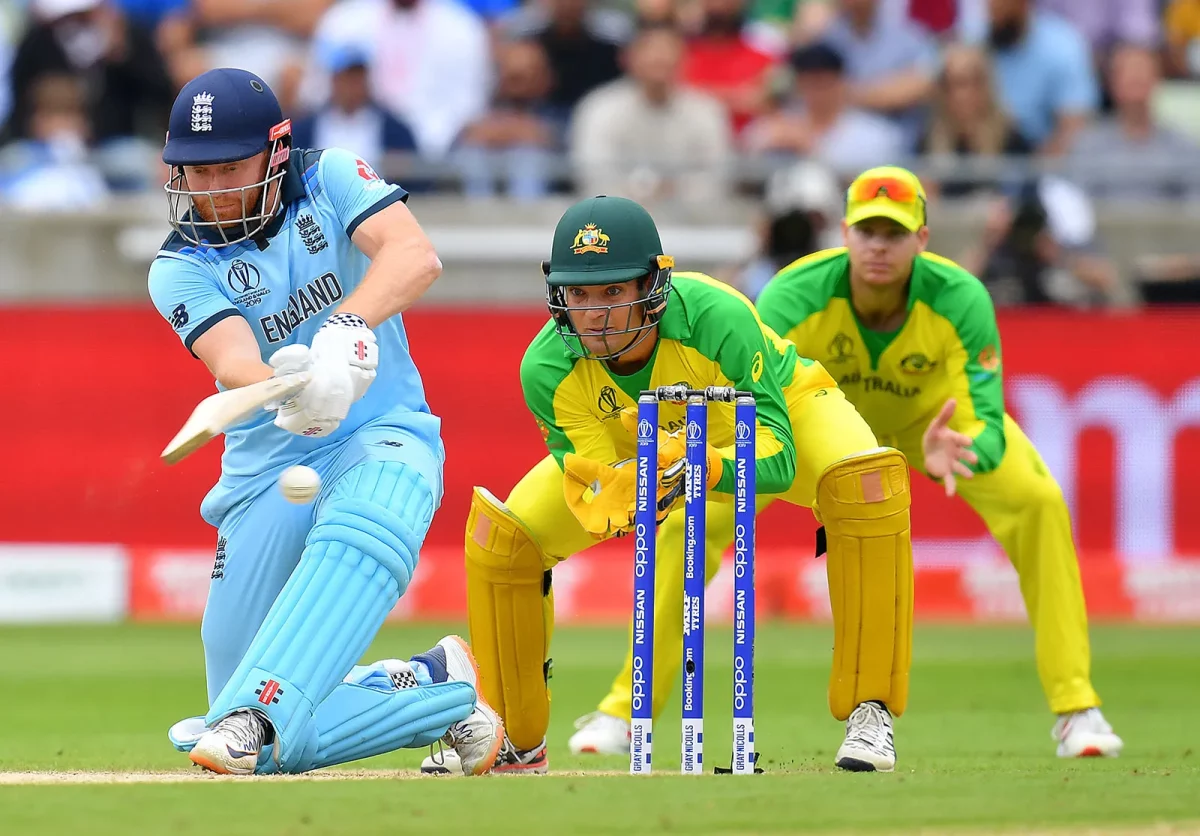Cricket isn’t just about who scores the most runs or takes the most wickets—it’s also about how fast or efficiently players do it. That’s where strike rate comes in. You’ve probably heard commentators say, “That’s a great strike rate!” or “His strike rate is a bit low for T20.” But what does it really mean?
Whether you’re watching the Proteas chase a big total in Johannesburg or catching a T20 clash in Lagos, understanding strike rate adds a whole new layer to how you enjoy the game.
Let’s break it down with examples that are simple, relatable, and grounded in the kind of cricket we love across Africa.
What Is Strike Rate in Batting?
In batting, strike rate is the number of runs a player scores per 100 balls faced. It shows how aggressively a batter is scoring.
- Formula: (Total Runs ÷ Balls Faced) × 100
For example: If a player scores 50 runs from 25 balls:
- Strike Rate = (50 ÷ 25) × 100 = 200.00
That means the batter scores, on average, 200 runs per 100 balls—a blazing performance, especially in a T20 match.
Why It Matters:
- In Test cricket, a strike rate of 50–60 is normal.
- In ODIs, anything above 80 is decent.
- In T20s, top players often have strike rates above 130.
Think of it like this: the higher the strike rate, the faster the runs come.
Local Example: In a T20 game between Nigeria and Kenya, if a Kenyan batter scores 40 runs off 20 balls, that’s a strike rate of 200. If a Nigerian player scores 40 runs off 40 balls, their strike rate is 100. Same runs, but different impact.
What Is Strike Rate in Bowling?
Yes, bowlers have strike rates too! But it means something different. A bowler’s strike rate tells you how often they take wickets.
- Formula: (Balls Bowled ÷ Wickets Taken)
Let’s say a bowler delivers 60 balls (10 overs) and takes 3 wickets:
- Strike Rate = 60 ÷ 3 = 20.0
That means, on average, the bowler gets a wicket every 20 balls.
Why It Matters:
- A lower bowling strike rate means the bowler is more effective at breaking partnerships.
- In T20s, a strike rate below 18 is considered excellent.
- In Tests, a strike rate below 50 is very good.
Local Insight: Bowlers in African leagues like the East Africa Premier League or the Nigerian T20 Cup use strike rate as a key metric to prove their value, especially when applying to bigger franchise leagues like the SA20.
Strike Rate vs. Average: What’s the Difference?
Cricket has a lot of stats, and it’s easy to get confused. Here’s the difference:
- Batting average = Total runs scored ÷ Number of times dismissed
- Strike rate = Runs scored per 100 balls
A batter with a high average may not always have a high strike rate. Some players are consistent but slow, while others score fast but get out quickly.
Example:
- Player A: Averages 45, strike rate 75
- Player B: Averages 30, strike rate 140
Who’s better? It depends on the format. Player A is ideal for Tests, Player B is great for T20s.
When Strike Rate Becomes Crucial
- T20 Matches: Every ball counts. Players with strike rates above 150 can change the game in just a few overs.
- Chasing Targets: If a team needs 100 runs in 10 overs, batters need strike rates of 150 or more to win.
- Powerplay Overs: High strike rate helps take advantage of fielding restrictions.
Real-Life Application: Let’s say Ghana needs 80 runs in 6 overs. That’s about 13.33 runs per over. Each batter needs a strike rate of at least 133 to stay on track. If one batter scores at 100 SR, the other must go faster to cover.
Bonus Tip: How to Read Strike Rate Live
You don’t need a calculator. Most cricket apps like Cricbuzz or ESPNcricinfo show strike rate live. But if you’re scoring a local game, just use this quick method:
- Multiply the runs by 100
- Divide by balls faced
Example: 38 runs off 25 balls
- (38×100) ÷ 25 = 152.0
That’s how fast the player is scoring.

